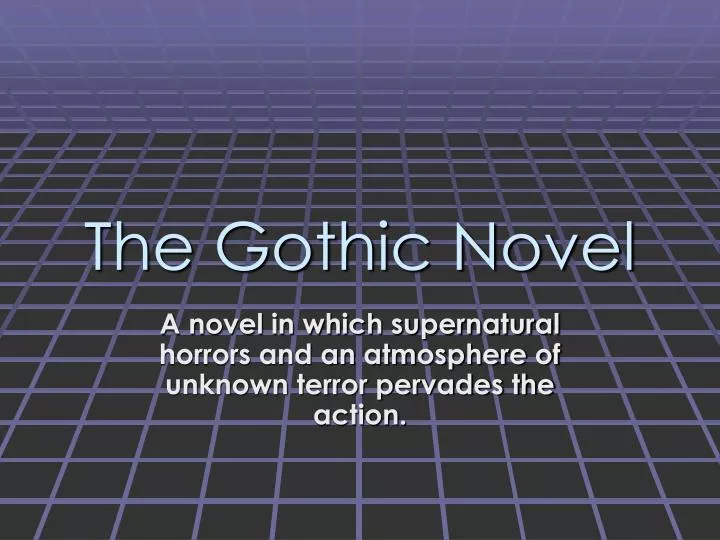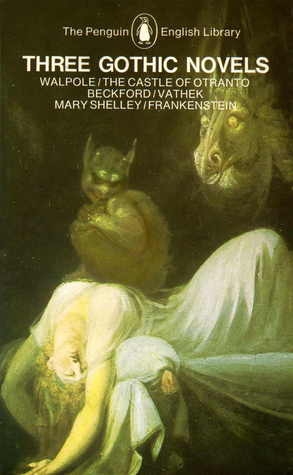

The Three Youngest Daughters of George III by J. Sir Philip's other two children, Bertha and Edeliza, make their own suitable marriages, as does the Baron, and the novel ends with optimism for everyone's futures. They are rescued from poverty by Walter, and both Edwin and Madeline eventually reconcile with their fathers. They disappeared shortly after Roseline's attempted wedding with the Baron, escaping the convent through the same tunnel used by Walter. Meanwhile, Madeline and Edwin have eloped. He flees London for Bungay Castle to reunite with Roseline, and at last plans go forward for Walter and Roseline's wedding. Walter accidentally becomes entangled with the daughter of a brothel-keeper, who attempts to trick him into marriage. First, however, he introduces Walter to society in London. The Baron agrees that Roseline can marry his son instead of him.


Baron Fitzosborne realises that Walter is in fact his son, believed dead due to a scheme by his late wife and her brother. However, the wedding is interrupted by Walter, who follows a secret tunnel between the castle and Saint Mary's to appear with a sword. Roseline dislikes the Baron but agrees to obey her father. The Baron is eager to marry in part so he can leave Bungay Castle, where he believes he is haunted by his late wife. However, Sir Philip has arranged for Roseline to marry Baron Fitzosborne, a wealthy older widower. Albert is a ventriloquist, and the source of all the haunted sound effects. While Sir Philip is away, Roseline, Edwin, and Madeline explore the castle, which they suspect to be haunted, and find a gentleman, Walter, locked in a hidden apartment with his servant Albert. While a student at the convent, Roseline befriends a young novice there, Madeline, and brings her home to Bungay Castle. Roseline and Edwin De Morney live with their father, Sir Philip De Morney, at Bungay Castle, which is near the convent of Saint Mary's. The core themes of the novel are conservative and pro-monarchic.

The novel was published by William Lane's Minerva Press. Bonhôte's husband purchased the ruins of this castle in 1791. It is set loosely in the thirteenth century around the First Barons' War, and follows the fortunes of the fictional De Morney family at the real Bungay Castle in Suffolk. Bungay Castle is a gothic novel by Elizabeth Bonhôte, first published in 1797.


 0 kommentar(er)
0 kommentar(er)
